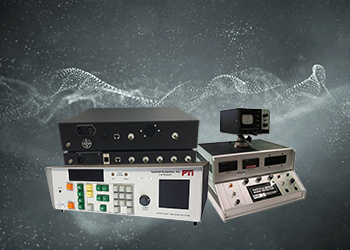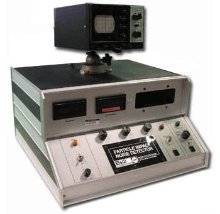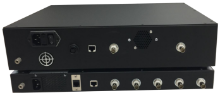What is PIND Testing?

Particle Impact Noise Detection (PIND) is designed to identify the presence of loose particles inside a device cavity to discover the contamination that potentially causes device failure. PIND testing is a non-destructive test method, using reliable internal electronic components such as relays, transistors, hybrids, integrated circuits, and switch particles.
How is a PIND Test Performed?
The necessary test systems are required to provide a variable frequency vibration, a calibrated high-impedance voltmeter for noise measurement during the test, and optical and electronic equipment for post-test measurements.
PIND testing uses a shaker as a linear motor to excite loose particles to move within the component cavity. Upon striking the lid of the cavity, some of the particle kinetic energy is converted to a wide-band acoustic pressure wave that travels through the lid to the attached media, and onto the top surface of the impact detection sensor.
The acoustic wave is measured by the sensitive ultrasonic crystal or crystals within the sensor and then converted into an electrical signal. To keep the particle traveling through, an accurate shock is generated to the shaker and controlled by the computer, monitoring the motion of the sensor.
Equipment Used in PIND Testing
- Particle Impact Noise Detection System
- Shaker
- Sensor
PIND Testing Methods
- 2020
- 2052
- 2002
- 213
- 2005
- 2006
- 2007
- 2026
PIND Test Standards
- MIL-STD-750
- Calculated frequency range allowed: 40 to 130 Hz
- MIL-STD-883
- Calculated frequency range: 150 Hz
- An alternate frequency can be used
- MIL-STD-202
MIL-STD-883 Method 2020 (Conditions A & B)
Condition A: is the commonly used PIND testing standard and it has a set acceleration during vibration of 20 gs.
Condition B: has a set acceleration during vibration of 10 gs and the frequency requirement is 60 Hz minimum.
PIND Tester Functions
- Vibrate a test article
- Shock a test article
- Display the detected impact signals created by the loose particles
- Record the motion environment and the acoustic signals detected
- Detect any particle contaminants within the cavity


